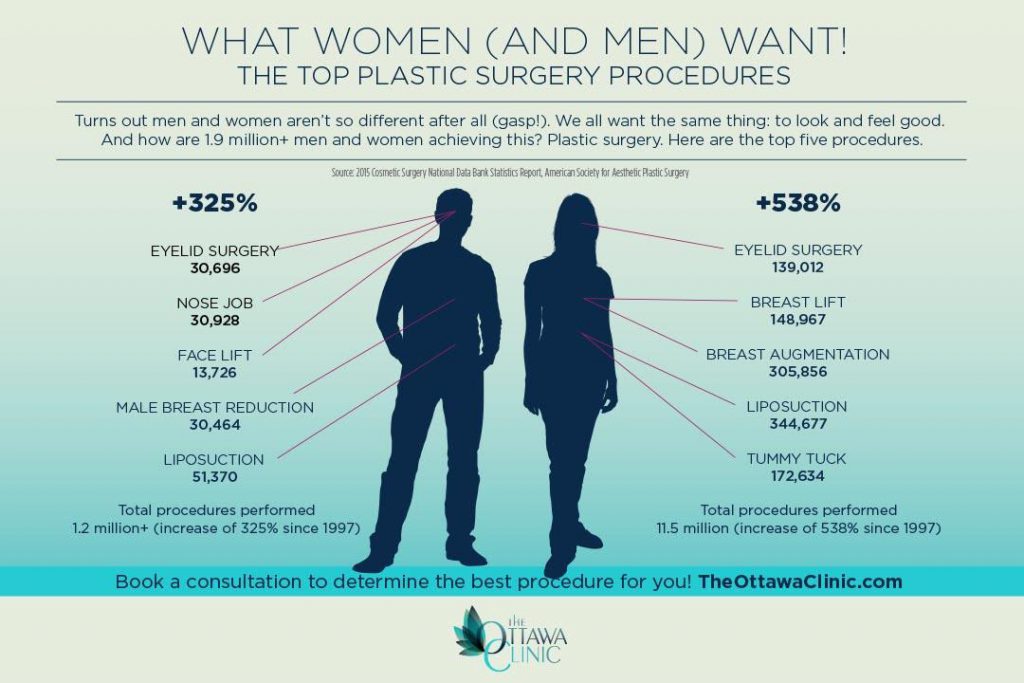Are Electric Pore Cleansers Safe
Are Electric Pore Cleansers Safe
Blog Article
Acne Therapy - What Are AHAs in Acne Treatment?
AHAs are a key active ingredient for unclogging pore obstructions and brightening acne-prone skin. They work by breaking down dead skin cell accumulation to advertise more recent, fresher cells, and stopping future blockages.
Formulating topical AHAs necessitates careful focus to numerous essential aspects that dramatically impact their efficacy and tolerability. Preserving the ideal pH array, along with vehicle choice and concentration, magnifies their exfoliative features while mitigating potential unfavorable responses.
Glycolic acid
Glycolic acid is understood for its light yet reliable scrubing properties, which promote skin's natural dropping and loosen the "adhesive" that holds dead cells externally of the skin. This aids unblock pores and decrease the appearance of fine lines and wrinkles, as well as improve general skin structure and tone.
Remarkably, topical glycolic acid has actually likewise been revealed to promote the manufacturing of collagen, which is essential in keeping skin's suppleness and flexibility. It is important to note, however, that because glycolic acid can stimulate the skin's sensitivity to sunlight, it is essential to wear sunscreen when using any products containing this ingredient.
Dermatologists pay careful attention to the solution of items containing AHAs in order to maximize their efficiency and tolerability. Creating AHAs with the ideal lorry, in addition to pH and focus factors to consider, enables ideal skin penetration while reducing prospective unfavorable reactions. This is particularly crucial for patients with sensitive skin, since AHAs are recognized to be gently bothersome.
Lactic acid
Lactic acid is located in lots of over the counter skin care products and some stronger professional peels and therapies. It has the most affordable molecular weight of all the AHAs and has the ability to permeate deeper into the skin, where it is extra reliable at unclogging pores and scrubing.
Like glycolic acid, it additionally promotes collagen synthesis, which helps decrease fine lines and wrinkles and boost skin structure. In addition, it has moisture-retention buildings, which makes it more suitable for drier skin kinds than other AHAs.
The considerable body of scientific data corroborating the effectiveness of topical AHAs supports their utility in a large range of dermatological afflictions and visual problems. These consist of complex skin renewal procedures, attenuation of great lines and creases, lightening of hyperpigmentation, restorative intervention for actinic keratosis, and acne monitoring [2] Maximizing the formula of AHAs by balancing pH, concentration, and lorry choice even more enhances their healing capacity. These careful factors to consider make it possible for skin specialists to deliver secure and reliable therapies that give remarkable scientific results.
Mandelic acid
Mandelic acid, derived from almonds, is an additional member of the AHA family and is a popular ingredient in items that assist treat acne. Its larger molecular dimension indicates it permeates the skin more slowly and gently, which can minimize the potential for irritability. It's likewise less most likely to cause inflammation and other skin sensitivity concerns, making it suitable for delicate skin kinds.
Mandelic Acid is thought to help in reducing inflammation and boost hydration. It works by loosening up the bonds between dead skin cells, permitting them to lose and reveal fresher-looking skin. It additionally helps reduce the appearance of enlarged pores.
Developing topical products with AHAs needs an accurate equilibrium of essential variables that substantially impact their efficiency and tolerability. In particular, the pH of an AHA solution has been revealed to play a crucial duty in its daxxify vs botox ability to advertise exfoliation and improve skin tone and appearance. Achieving this optimum concentration is a tough goal and needs meticulous interest to the various aspects that impact the formula procedure.
Citric acid
Citric acid, discovered in citrus fruits such as oranges and lemons, is a light AHA. It's less annoying than glycolic or lactic acid, making it more suitable for sensitive skin. It additionally has astringent residential or commercial properties, aiding to dry out excess oil.
Like various other AHAs, citric acid can be used in chemical peels and everyday active/maintenance therapies to exfoliate the skin and advertise cell turn over. It can help reduce the appearance of dark areas and hyperpigmentation, along with fine facial lines.
It can additionally increase the synthesis of glycosaminoglycans, which play a crucial duty in enhancing the skin obstacle function. This assists to avert trans-epidermal water loss, and preserve ideal hydration degrees in the skin [35]
AHAs can be integrated with comforting ingredients such as ceramides or hyaluronic acid to enhance their tolerability. They can be included into everyday active/maintenance skin care via cream or product formulations. This enables experts to tailor their AHA treatments based upon patient requirements and choices, with the flexibility of selecting from various therapy intensities or concentrations.